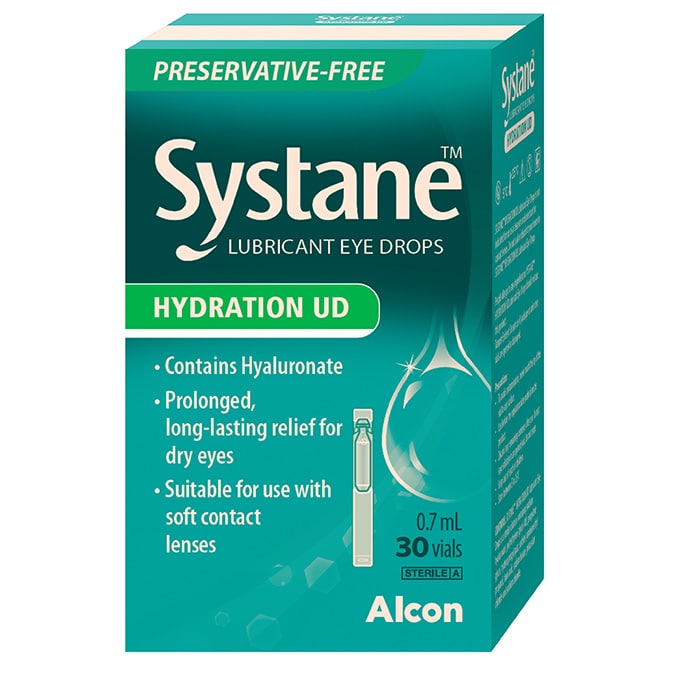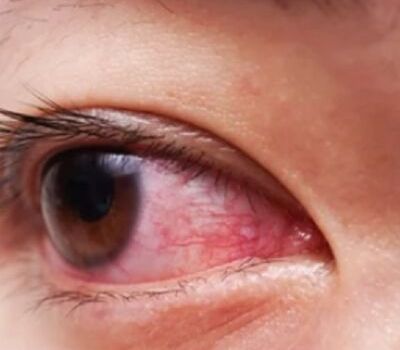Dry Eye & Red Eye
TREATMENT FOR DRY EYE
- Mild dry eye symptoms are easily managed with over-the-counter artificial tears. Use preservative-free solutions as they are less likely to irritate the eye. Artificial tears can be used as needed to supplement your natural tears.
- Moderate occurrences of dry eye may necessitate prescription drops from your eye doctor. These drops are used to treat inflammation and may contain antibiotics or steroids.
- If eyedrops are not suitable, you could try eye inserts, which are little, clear tubes of medication that go into your eye between the eyeball and lower eyelid. To lubricate your eyes, medication is released throughout the day.

- Serious or chronic cases of dry eye may necessitate the use of special contact lenses, plugs, or a procedure:
Scleral or bandage contact lenses – these lenses are specifically intended to protect the surface of your eye and keep moisture in.
Punctal plugs are silicone plugs that either partially or totally shut your tear ducts. They keep your tears in since they are not allowed to drain. These plugs can be removed.
LipiFlow thermal pulsation is a heat therapy that helps to remove clogged oil glands. A big contact lens-like device is placed over and beneath your eyelids during the process. Heat is then administered for approximately 12 minutes.
TREATMENT FOR RED EYE
If your red eye is caused by common factors such as dust or smoke, you can treat it with a cold compress or lubricating eyedrops:
Apply a cold compress to your closed eyes for 5 to 10 minutes using a washcloth that has been immersed in a basin of ice water and wrung. Repeat multiple times per day until the redness disappears.
Lubricating eyedrops – follow the directions on the box when using these over-the-counter eyedrops. Use as needed until the redness goes away.
If you wear contact lenses, remove them until the redness subsides. If the symptom worsens, seek medical attention right away.
If your red eye is caused by a suspected allergy, infection, or underlying medical problem, it is recommended that you see an eye specialist.

Depending on your condition and severity, you may be prescribed one of the following after consultation with an eye specialist:
- Antibiotic eyedrops.
- Immunotherapy allergy shots.
- Decongestant and/or antihistamine eyedrops.
- Treat the underlying medical issue that is producing the red eye, such as shingles or glaucoma.
- Surgery, such as conjunctivoplasty, to repair a conjunctival defect.
If your red eye lasts longer than 2 days, consult an eye specialist.

